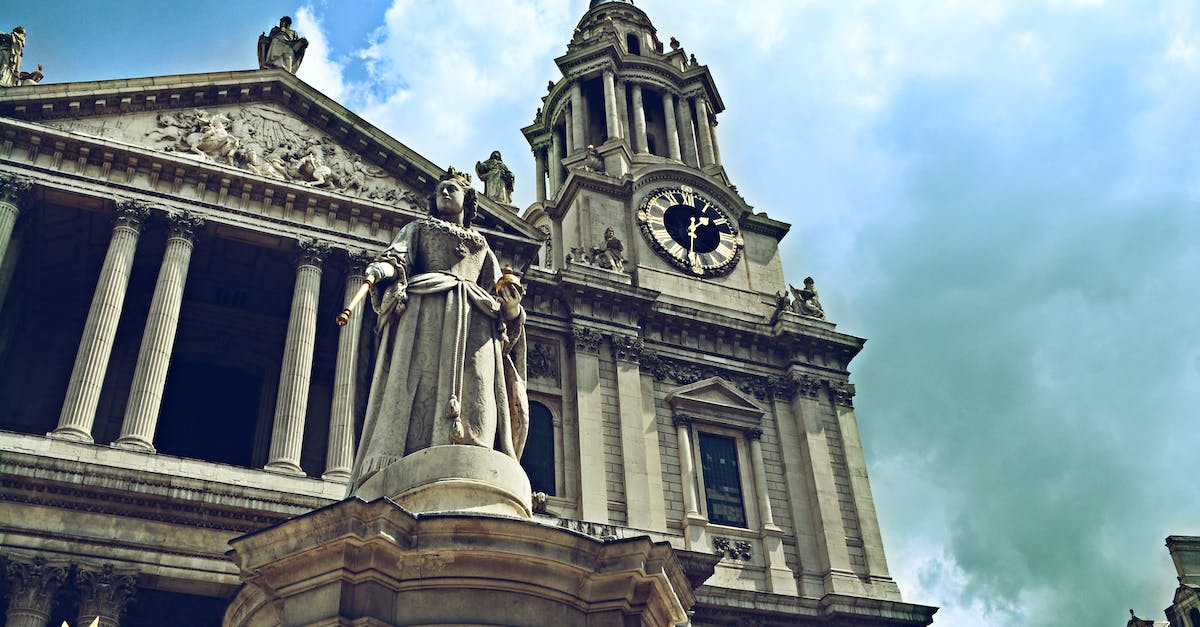Examining How Dapping is Preserving Intergenerational Connections Between Relatives

In the early fall of early fall, childhood buddies Le’Greg Harrison and William Carter Jr. exchanging greetings with a distinctive manner; handshakes extended in different directions, before coming together in a loud sound. In the moment they reached towards each other for a hug, their faces lit up filled with happiness. It was a sign of love, intimacy and closeness and was witnessed by everyone present. It was a moment of emotion that was pervasive. It was greater than just a handshake, but not quite one of those bro-style huggs; the gesture was simply dap. Aaron Stallworth and Rhonda Henderson, co-creators for The Dap Project were inspired by the sacred importance of the hug.
The exchange of ‘dap”, a complicated form of greeting unique to African-Americans, is an expression of supreme importance. Our traditions of culture and ways for communication merit both analysis and conservation. While there are many outside factors that may cause disruption to community ties and rupture family ties Certain factors, such as recipes, dap and the family name, are able to stand the years. The Vietnam War was believed to be the reason for dap. During this war, Black men utilized their power and unity to raise their hands in appreciation of Black the power of their movements. It is evident that White Supremacy is an elusive concept that doesn’t have a definitive end at hand.
It’s illegal to salute one another in this way. Therefore, the customary handshake was transformed into a intricate yet profound method of greeting. The rituals that are associated with it form part of the rich cultural heritage of African diaspora. In “Diasporic Salutations and the West African Roots of the Dap” Tyler Parry elucidates that European traders used to observe traditional salutations between men of Sierra Leone characterized by shaking hands and finger or thumb snaps. Daps have since spread across across the United States and throughout the world and assumed many varieties within melanin-enhanced individuals. It typically involves the sound of clapping loudly followed by a tight grip and then release.
A significant gesture in the culture such as the “Dap” is an act of reciprocity between two persons. The gesture can be performed using a variety of techniques, including the back slap and a shoulder lean in. The gestures display a strong comprehension of African Americans and a high quality of understanding. The gesture is a classic message that says “What’s nice?” How are youdoing? You good? You’re good”. The phrase “I See You” is a way to acknowledge the uniqueness and distinct heritage of an individual.
One has to be able to perceive beyond the physical world and enter into the spiritual world. This is where they can be in the same space with their co-listener, that person on the other side of the handshake. In order to look around with eyes but we also need to look at the world with an open-minded mind and a sense of understanding. It is crucial to acknowledge that the importance of American heritage and to pay tribute. It is important to remember that, even though we are in the presence of non-Blacks, those of us that look like us are part of this space. Find comfort by the rhythm that surrounds us and recognize the importance of our shared past as well as the present and into the future. Recognizing one another is vital, both individually and collectively.
In the Summer of , The Dap Project — consisting of two photographers Joseph Edwards and Edward Underwood, with support from HumanitiesDC began an exploration of neighborhoods that form the foundations of Washington’s famous “Chocolate City” image in search of the dap. With visits to Anacostia, Congress Heights, Edgewood, Park View and Stronghold and Stronghold, the group tried to gain an understanding of how the dap’s expression nourishes the essence and the spirit of these local communities. They were actually seeking the native Black Washingtonians. The photos, their interviews and films culminated into an exhibit of multimedia shown in the Anacostia Arts Center. John Minor was also there.
The moral
It is important to acknowledge the other person in all places that we are a part of. It is essential to pay tribute to America’s common history, as well as acknowledge the significant role played by Black Americans to American the past. We must remember that those that look like us are also apart of this world and put in the effort for building mutual understanding and respect. This will create lasting relationships and lead to deeper conversations and the ability to communicate.




